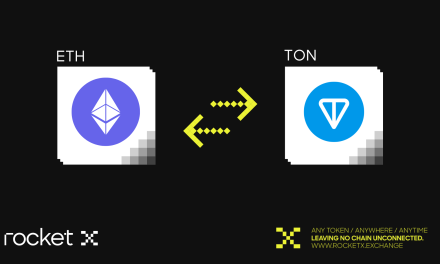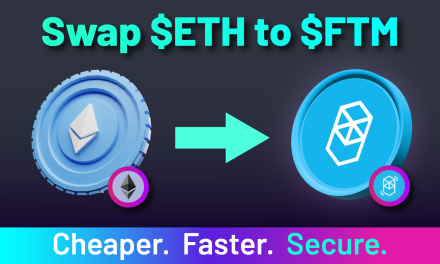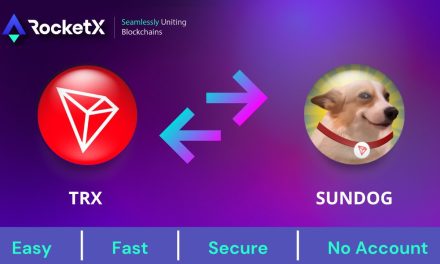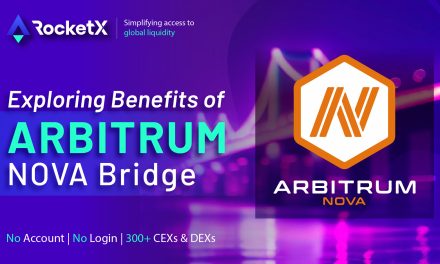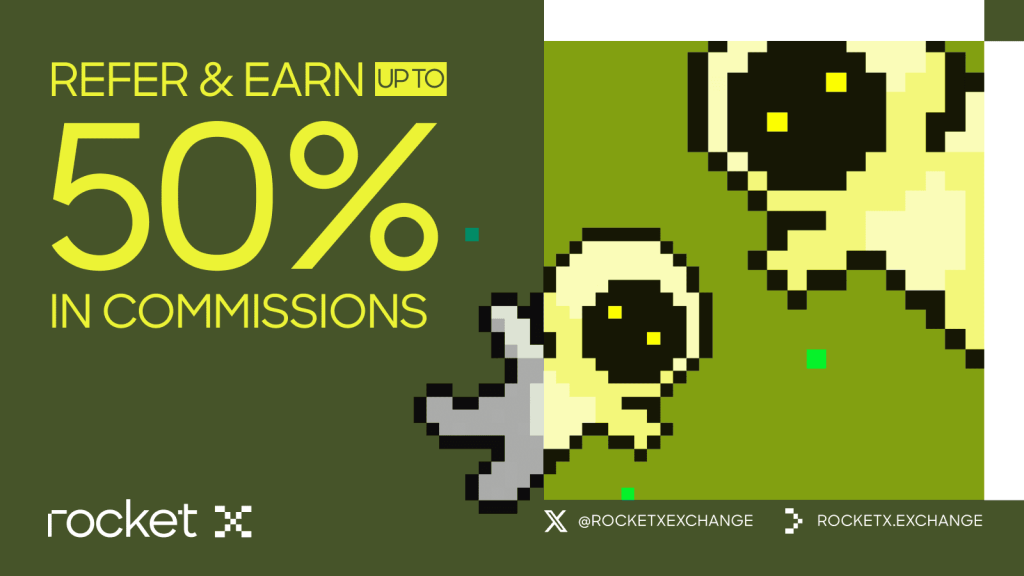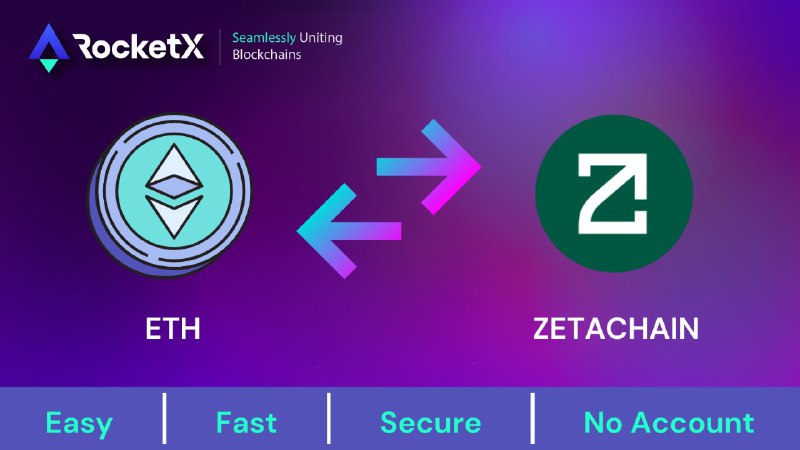
Introduction
Zetachain aims to connect diverse blockchain networks, providing a comprehensive solution for smooth cross-chain interoperability. Envision a scenario where assets, data, and applications can transition effortlessly between different blockchain ecosystems, eliminating the necessity for intermediaries or intricate solutions. It is actively working to turn that vision into reality.
It enables smooth and secure interactions between blockchains, empowering developers to create more versatile and interconnected applications. Whether it’s transferring assets, executing smart contracts, or accessing decentralized services, Zetachain’s infrastructure ensures that different blockchains can work together in a balanced manner.
Understanding Zetachain: What It Is and How It Works
Zetachain, founded by Ameen Soleimani and Richard Gendal Brown, is a groundbreaking technology designed to seamlessly connect different blockchains, enabling the smooth transfer of assets and data between them. Ameen Soleimani is well-known in the blockchain world for founding Matic Network (now Polygon), a leading Layer 2 scaling solution for Ethereum. Richard Gendal Brown brings extensive expertise in blockchain and financial technologies, having contributed to several high-profile projects.
Zetachain is engineered for exceptional scalability, with a transaction capacity of 2,000 to 5,000 transactions per second (TPS). This impressive throughput is achieved through its scalable architecture and sophisticated consensus mechanisms, which allow for the rapid processing of cross-chain transactions.
The platform operates on a Proof-of-Stake (PoS) consensus mechanism, which is both energy-efficient and secure. Validators are selected based on the amount of cryptocurrency they are willing to stake, ensuring they have a vested interest in maintaining the network’s integrity. Zetachain’s PoS model includes unique enhancements to manage cross-chain transactions effectively, using advanced algorithms to ensure secure and reliable communication across multiple blockchains.
At its core, Zetachain utilizes advanced cryptographic techniques such as threshold cryptography, Elliptic Curve Cryptography (ECC), and Zero-Knowledge Proofs (ZKPs) to facilitate secure and efficient interactions between chains. Designed with decentralization in mind, it operates through a network of nodes that work collaboratively without a central authority, enhancing the system’s security, reliability, and scalability.
By eliminating the need for intermediaries, Zetachain streamlines the transfer of assets and data between blockchains, making the process faster and more secure. This innovative approach allows users to leverage the strengths of multiple networks, opening up new opportunities for collaboration and innovation in the blockchain space.
$ZETA Token: Powering the Zetachain Network.
The $ZETA token is the backbone of the Zetachain ecosystem. It’s the main cryptocurrency that powers the network, enabling transactions and helping the platform expand and attract more users.
The $ZETA token is designed to reward users and maintain the network’s strength over time. It plays a crucial role in cross-chain interactions, staking, governance, and dApps.
Token holders have a voice in shaping the network’s future. They can participate in important decisions, ensuring that the community has a say in how the platform evolves. This helps create a network that works for everyone involved.
The smart design of the $ZETA token is essential for the success of the platform. As the network continues to grow, the $ZETA token’s role in driving the ecosystem forward will become even more significant.
How to Bridge to Zetachain from Ethereum Network
Using RocketX Exchange to bridge your assets to the Zetachain is straightforward and efficient. Transferring your funds to this high-performance blockchain is essential, whether you intend to trade, stake, or explore decentralized applications. Here is the procedure to follow:
Step 1: Connect Your Wallet
Begin by connecting your wallet to RocketX. Ensure that the wallet you utilize, such as Metamask, Rabby, Coinbase, etc. is configured to connect to Ethereum, as this is the platform where your assets are presently stored.
Step 2: Choose Networks and Assets
Select the asset you intend to bridge along with the source network, for instance, Ethereum. Subsequently, configure the destination chain to Zetachain. This process will enable you to transfer your selected coin to the Zetachain blockchain.
Step 3: Enter the Amount
Specify the amount of cryptocurrency you wish to transfer to Zetachain. Ensure that your account balance is sufficient to cover this amount, along with additional funds to account for network transaction fees.
Step 4: Enter Your Zetachain Wallet Address
Please input the address of your Zetachain wallet where you wish to receive the bridged assets. It is essential to verify the wallet address on two separate occasions to ensure that no errors are made, as mistakes could result in financial loss.
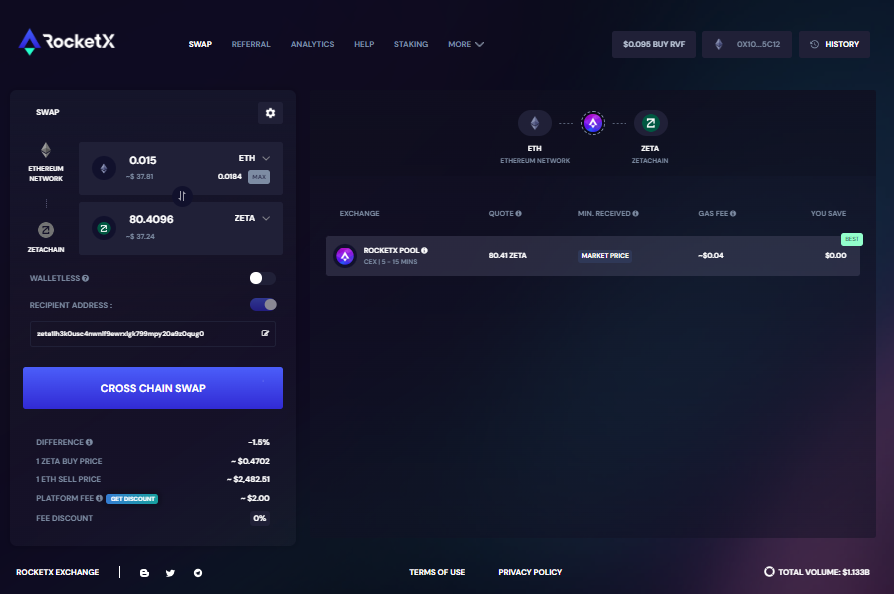
Step 5: Confirm and Execute
Confirm all aspects of the transaction, including the amount, the networks involved, and your Zetachain wallet address. Once everything looks correct, click cross-chain swap to initiate the process. To proceed confirm the transaction within your wallet.
Step 6: Check Your Wallet
After the completion of the bridging process, your assets will become accessible in your wallet. At this point, they can be employed for various activities within Zetachain, including trading and staking.
Top Wallets for Securely Storing ZETA Tokens
Bitget Wallet: Bitget Wallet offers strong security features like encryption and biometric authentication, making it a reliable choice for storing ZETA tokens on your mobile device.
Rabby Wallet: Rabby Wallet is a convenient browser extension that supports multiple blockchains, including Zetachain, allowing you to manage your ZETA tokens directly from your browser.
OKX Wallet: OKX Wallet provides robust security and is available on mobile, web, and desktop platforms. It integrates with the OKX exchange, making it easy to manage and trade ZETA tokens.
MetaMask: MetaMask is a widely-used wallet that supports ZETA tokens, offering easy integration with decentralized applications (dApps) through its browser extension and mobile app.
Keplr Wallet: A popular browser extension wallet designed for the Cosmos ecosystem, which supports ZetaChain. It allows for account management, token transfers, and transaction signing.
Conclusion.
ZetaChain has changed the game in the blockchain world. It solves the big problem of making different blockchains work together. This has opened up new doors in things like decentralized finance and non-fungible tokens.
It is at the forefront as the blockchain world grows. It’s a key player in the future of decentralized technology. The $ZETA token powers ZetaChain, and its strong governance model is promising.

